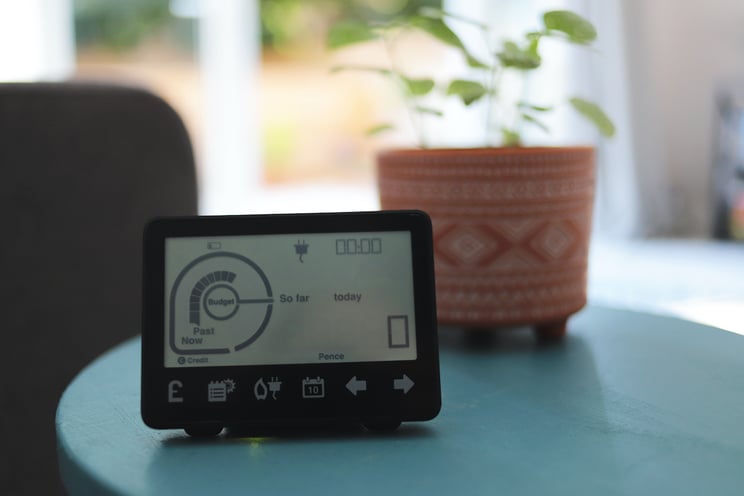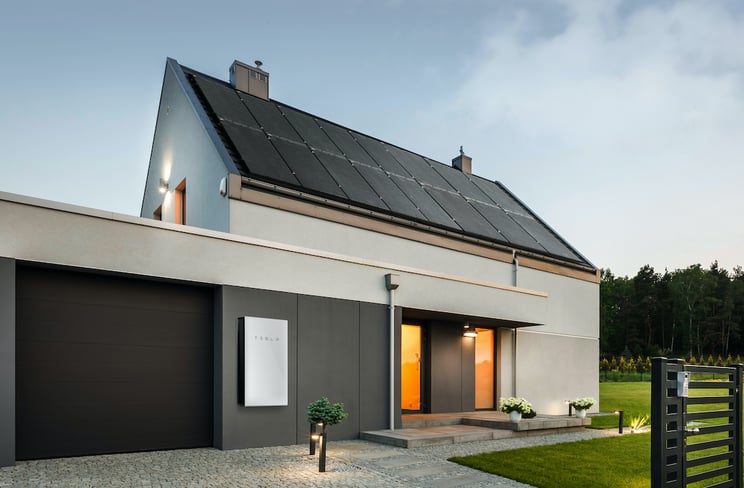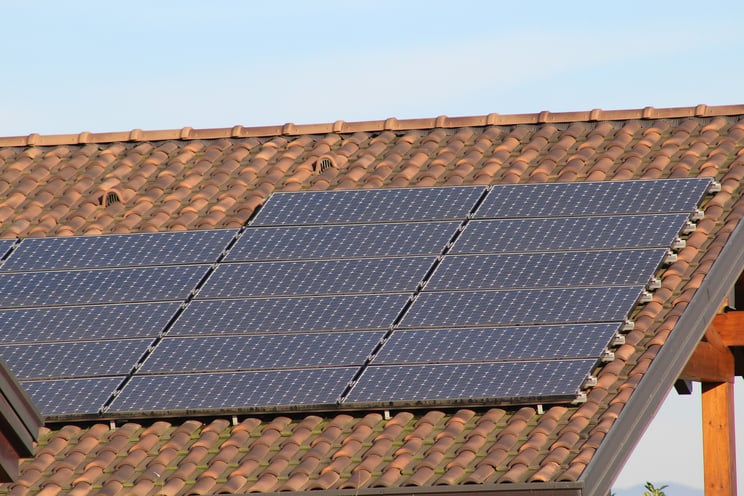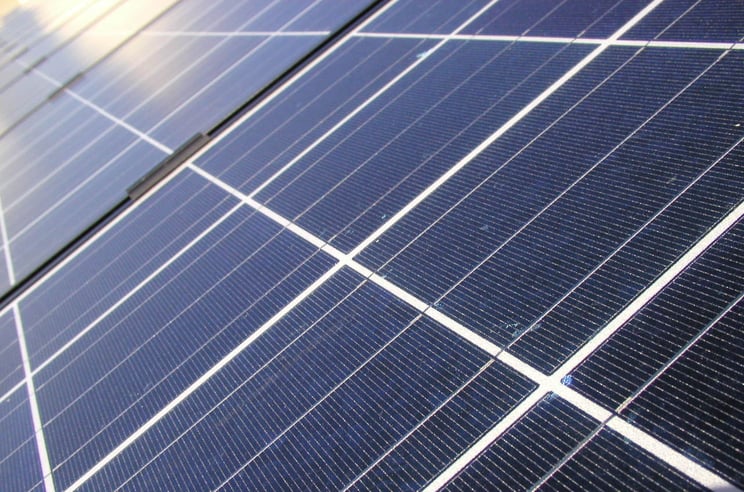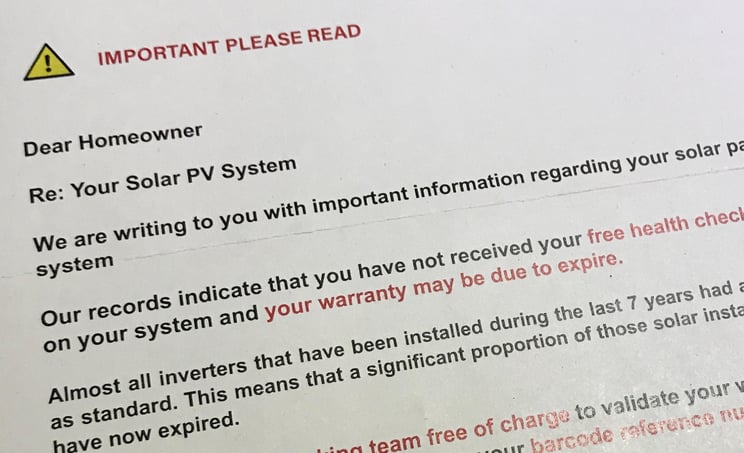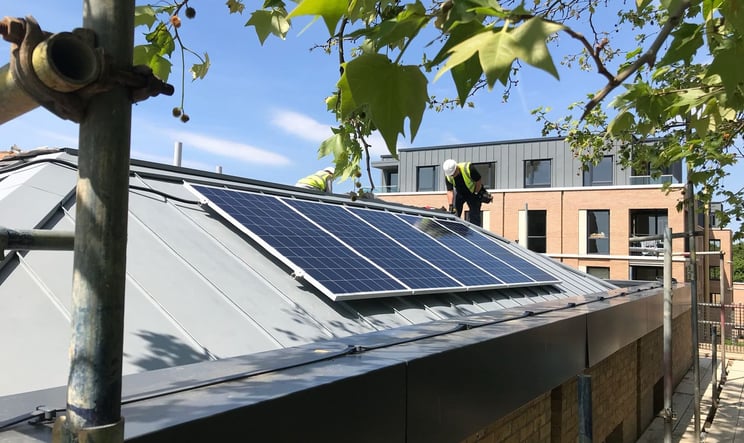We’re often asked by our customers which is the best electricity tariff, especially when they’re investing in their own renewable energy systems. There are lots of energy suppliers, with prices varying by location and various contract commitments. But there are particular types of tariffs that we’d recommend looking at, depending on your circumstances:
Recently the Solar Trade Association (STA) published a report modelling the impact of solar PV, battery storage and smart home controls on the UK’s electricity supply and demand. In particular it examines how these technologies can help balance the grid as it becomes ever more complex and under pressure.
We’re going to dig into how solar PV can integrate with smart homes to reduce or even eliminate peak demand.
Topics: Battery storage, EV charging, Solar PV
Solar panels perform best when they are clean. Any dirt or growth on the modules can block out sunlight and have a substantial impact on power output. Perhaps the hardest form of soiling to remove is lichen on solar panels.
But why does it grow on solar arrays and how can we deal with it?
Topics: Maintenance, Solar PV
Some of our clients are surprised to learn that there can be limits on the number of solar panels they can get on their roof, beyond the obvious physical and cost limitations. In fact, for solar PV systems over a certain size, grid permission is needed before installation can go ahead.
In this post, we’ll explore how many solar panels you’re allowed to install without prior permission, and how we can help you determine the maximum possible allowance for your property.
As of Wednesday 10th June, the UK hit a huge milestone of going two months without burning any coal for electricity generation. This is due to a combination of the reduced national energy consumption since the start of lockdown and the high investment in renewable energy over the past decade. Approximately 800,000 homes now have solar PV installed, helping to contribute to the decarbonisation of the grid, while also reducing their energy bills.
As electricity generation continues to decarbonise, the next logical step is for the transport sector to shift away from fossil fuels and towards electric vehicles. Over the past couple of months, the number of vehicles sold has dropped considerably. Electric and hybrid vehicles, however, feature more heavily than usual in the ‘top 10 models sold’ and more Tesla Model 3s have been sold over the past two months than any other car.
With the number of homes generating their own clean energy via solar PV and the number of electric vehicles on the road growing, we thought we’d take some time to analyse the benefits of pairing a domestic solar PV system with an electric car to quantify the potential financial savings.
Topics: EV charging, Solar PV
Today we’re going to answer some common questions around sizing solar PV systems, including the conditions that affect ‘clipping’ and achieving the maximum rated output.
Whether you’re looking to buy a house with solar panels or it’s come time to sell your property and its PV system, you may have some questions. We’ve gathered the common queries to answer based on our years of experience supporting solar PV owners.
Topics: Solar PV
We’re regularly contacted by customers, who have received an unsolicited call or letter from another company, offering them a ‘free solar panel health check’ or warning about their solar PV system being at risk of failing. This is a common scam.
Topics: Maintenance, Solar PV
How is COVID-19 impacting our energy demand?
The world is currently going through unprecedented times, with the majority of the population confined to their own homes, practicing social distancing to help curb the spread of COVID-19. This has had a significant impact on our day to day lives, with most working from home, and as a result there has been an increase in daytime energy usage. In a study by Octopus Energy, almost a third of households have noticeably changed their usage patterns, with a daytime electricity usage increase of up to 32%, resulting in an average electricity bill rise of £1.34 - £2.85 per week.
While there has been an increase in domestic energy usage, the national energy demand has decreased due to the number of industries and factories temporarily closing their doors to comply with the government’s regulations. The UK’s total energy requirement is down by about 20%, with the electricity demand on the first day of lockdown (24th March 2020) showing a decrease of about 8% from the monthly average.
Topics: Solar PV
We’d like to reassure you that we are determined to serve our customers and continue driving the switch to renewable energy during the COVID-19 outbreak.
We are following government advice to keep our staff and customers safe, and will update you on any changes to our operations.
Topics: Spirit Energy news, Solar PV




